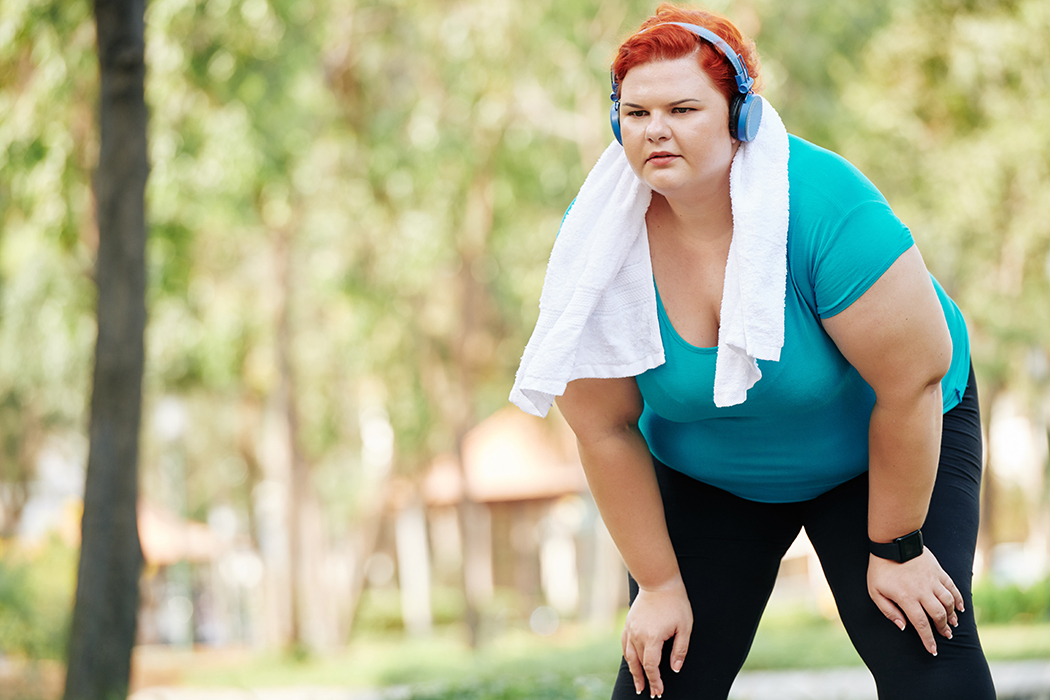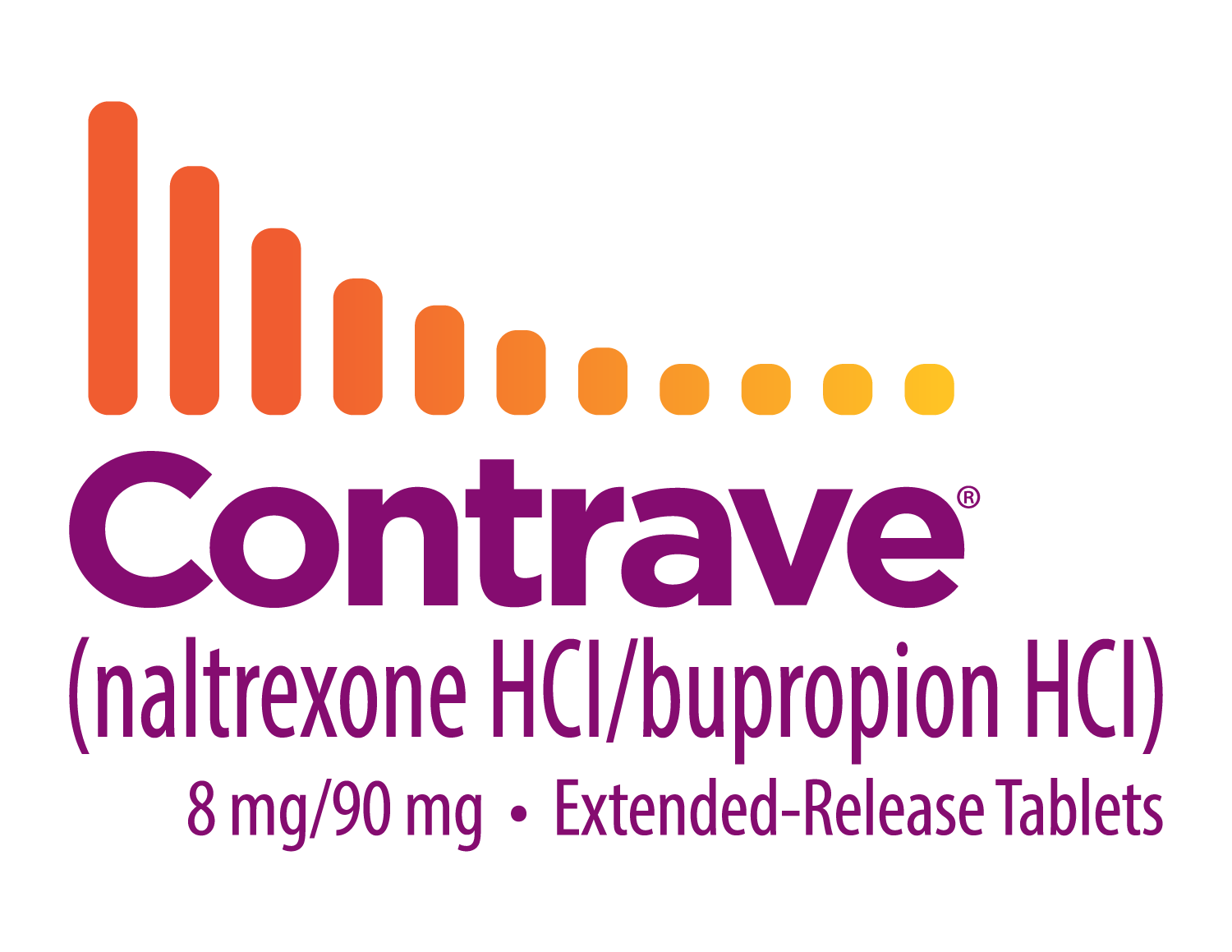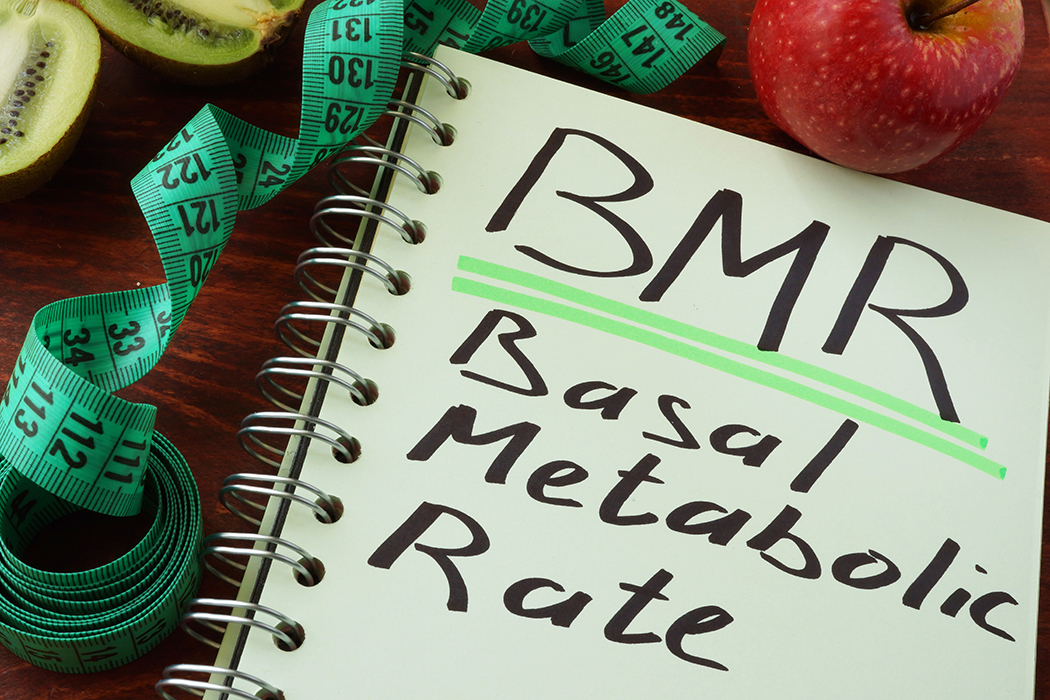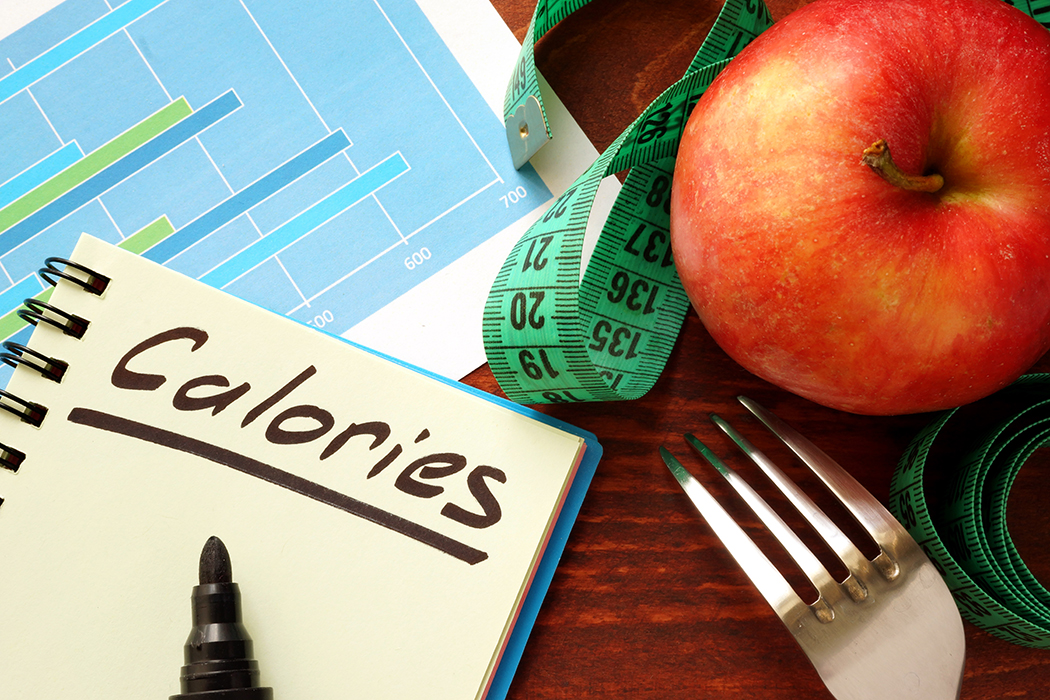Healthy Lifestyle
7 Exercises to Boost Your Weight Loss Journey

Actor Portrayal
If you want to lose weight, get ready to get moving. It may be time to think about the best exercise to lose weight. While it would be nice if there was one exercise that was considered the best exercise to lose weight, the reality is that you’ll likely need to try several different workouts to lose weight and see results.
Creating an exercise routine is key to not just to a successful weight loss journey, but for a healthy life in general. One of the best ways to be consistent in your exercise routine is to find exercises that you enjoy. Keep reading for more on the importance of exercise for weight loss and some of the best exercises to lose weight.
The Importance of Exercise for Weight Loss
Losing weight can be tough, but exercise helps. Because food can often have a more significant impact on your weight, diet may be your initial focus. However, incorporating a weight loss exercise can help create a larger calorie deficit. Additionally, exercising helps maintain and build muscle, and can improve your metabolism to boost weight loss.
For weight loss goals, the best workouts to lose weight will help you burn a lot of calories quickly. More physical activity equals more burnt calories and a greater calorie deficit to help you lose weight more quickly.
However, keep in mind that even the best exercise for weight loss won't be able to help you outrun a bad diet. In fact, the Centers for Disease Control and Prevention (CDC) reports that the majority of initial weight loss happens because of decreased caloric intake, while exercise plays a larger role in maintaining weight loss. Both have a role in weight loss.
How Much Do I Need to Exercise to Lose Weight?
The CDC suggests that you should get 150 minutes (or 2 hours and 30 minutes) of moderate-intensity activity each week if you want to maintain or lose weight—not necessarily a small ask for many people living busy lives.
While 150 minutes/week is the general rule, the exact frequency and time you will need to spend working out will depend on many factors, such as your diet, the type of exercise you are doing, any genetic components affecting your weight, and more. For some people, doing 30 minutes of exercise a few times per week is enough to help them lose weight (especially if you’re going from not working out at all).
For others, it can be harder to lose weight and keep it off. In cases where individuals have difficulty losing weight despite a healthy diet and consistent exercise routine, speaking to your doctor about weight-loss medication or possible health conditions impacting your weight loss efforts may be beneficial. Visit our FAQ page to learn more about how prescription weight-loss medication may help.
To help you figure out how much exercise you need, first start by calculating how many calories your body needs each day. On average, most women need to consume around 2,000 calories per day to maintain their body weight while men need to consume around 2,500 calories per day to maintain their weight.
To figure out where you fall in or outside that average, you can use the equations listed in the section below or speak with your nutritionist, dietitian, or primary care provider.
Calculate Your Daily Calories
To determine an optimal daily calorie intake, men and women need to calculate their basal metabolic rate (BMR). Your BMR is the number of calories your body burns on a daily basis through basic bodily functions. The equations used to calculate BMR are as follows.
- For women: BMR = 447.593 + (9.247 x [your weight in kilograms]) + (3.098 x [your height in centimeters]) – (4.33 x [your age in years])
- For men: BMR = 88.362 + (13.397 x [your weight in kilograms]) + (4.799 x [your height in centimeters]) – (5.677 x [your age in years])
Once you calculate your BMR, you need to calculate your active metabolic rate, or AMR. Your AMR takes into account how active you are, and calculating AMR will tell you how many calories you can consume to maintain your current weight. Use the following activity multiplier to calculate AMR:
- Sedentary (little movement or exercise each day): AMR = BMR x 1.2
- Lightly active (exercising one to three times per week): AMR = BMR x 1.375
- Moderately active (exercising three to five times per week): AMR = BMR x 1.55
- Active (exercising six to seven days per week): AMR = BMR x 1.725
- Very active (strenuous exercise six to seven days per week): AMR = BMR x 1.9
Once you have calculated your BMR and AMR, you will have a good idea about how many calories it takes to maintain your current weight. This will allow you to see how many calories you should consume and burn to enter into a caloric deficit, which enables you to lose weight. Thus, calculating your daily calorie intake will give you a much better understanding of how frequent and intense your workouts should be, and how many calories you should aim to burn with each workout.
7 Exercises to Boost Weight Loss
So, what is the best exercise to lose weight? After considering caloric needs, your current fitness level will steer you towards the right workout. Below are some common weight loss-oriented workouts appropriate for beginner, intermediate, and seasoned athletes.
Remember, it is always important to talk with your doctor before starting a new exercise routine, whether you are just starting to exercise or looking to challenge yourself more in your current workouts. Depending on your individual medical conditions and medications your doctor will advise you on the best levels of exercise for your health.
h4{color:#850c70 !important;font-size: 22px;}
#1: Walking
One of the best exercises for weight loss is walking. It’s easy on the joints and great for people just getting back into exercising. No equipment needed, either. To get started, try walking for 30 minutes three to four times each week.
#2: Jogging
Jogging is the next level up from walking. Start gradually with building some 5-10 minute jogs into your walks if you are new to the exercise. As you get accustomed to jogging, you might try to complete about 20 to 30 minutes of it at least three times a week.
#3: Running
To burn even more calories, try taking it up a notch and running. The faster pace of running lets you to burn more calories than you would with walking or jogging. Over time, you can build up endurance and go for longer and longer runs (for more and more calories burned).
#4: Swimming
Swimming is a great low-impact, full-body exercise option for people who want to be gentle on their joints while still getting their heart rate up. Swimming can help improve lung function, build muscle mass and strength, increase endurance, and help you lose weight.
#5: HIIT Workouts
HIIT workouts, also known as high-intensity interval training exercises, are among the best workouts to lose weight. You do a series of high-intensity movements (think jump squats or push-ups) in short bursts followed by intermittent periods of rest. HIIT workouts only take around 15 to 30 minutes but burn plenty of calories, making them short and sweet.
#6: Yoga

Actor Portrayal
Okay, you may be surprised to see yoga on this list. Yes, yoga can be a slower-paced workout, but there are many forms of yoga. Depending on the intensity, the calories you can burn during a session may vary. But one of the best things about all types of yoga is that it’s a relaxing way to get active and reduce stress—the enemy of the best of weight loss intentions. Just grab a yoga mat and pull up a free online video to get started.
#7: Jumping Rope
Jumping rope is a fantastic exercise to try if you want to lose weight quickly. Jumping rope can help strengthen your muscles and improve your cardiovascular fitness. And, like many of the other exercises on this list, jumping rope is another fun and affordable activity that can be completed almost anywhere.
Final Notes
Exercise is a great way to help yourself get healthy and lose weight—plus, you’ll build muscle, burn fat, and improve your cardiovascular health. Common exercises like running, jogging, jumping rope, and swimming have great benefits and are worth a few hours of your time each week.
Try some of the exercises in this article and see which ones you get the most out of. By combining a healthy and balanced diet with a regular exercise routine, you can get that much closer to achieving your weight loss goals.










